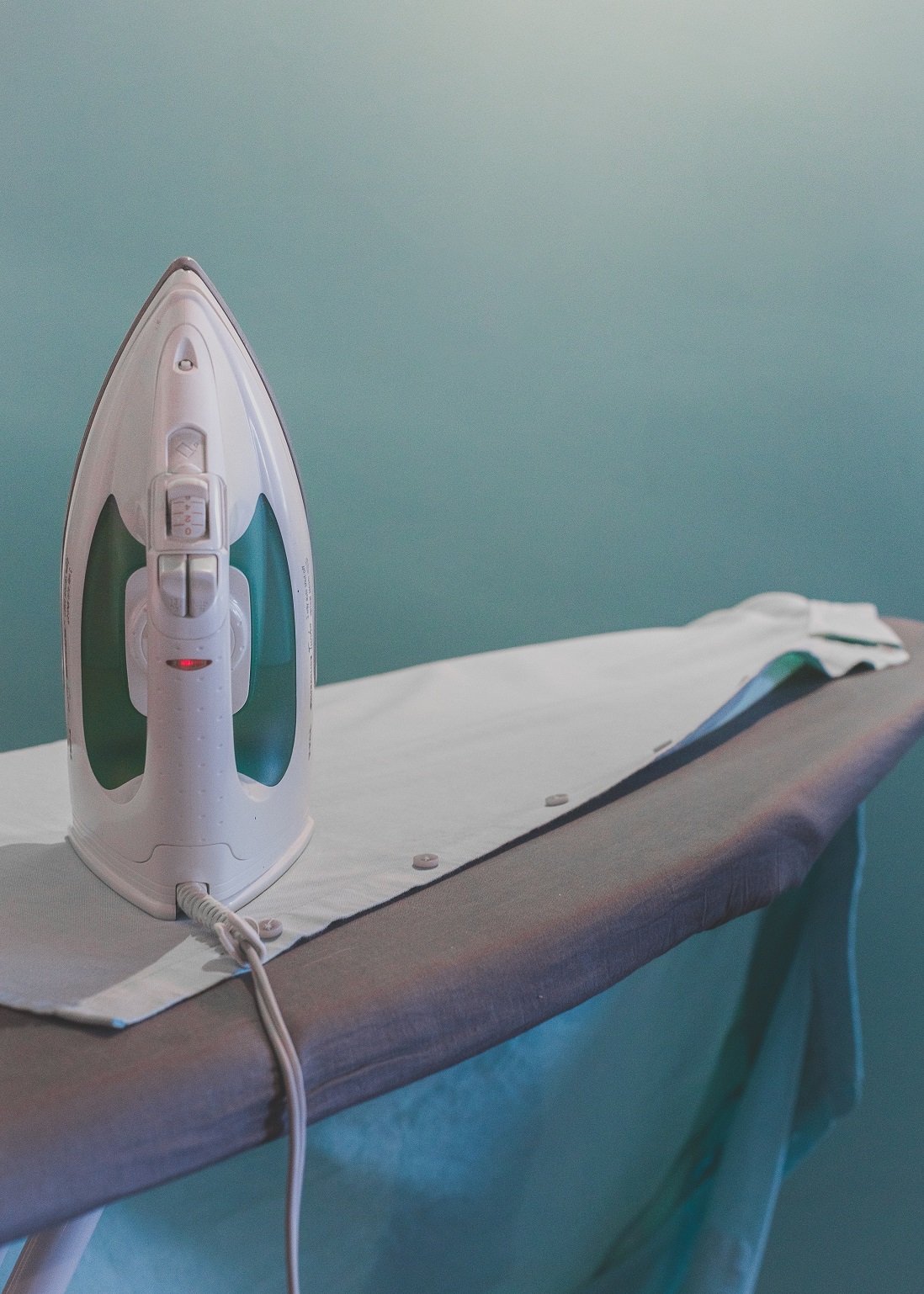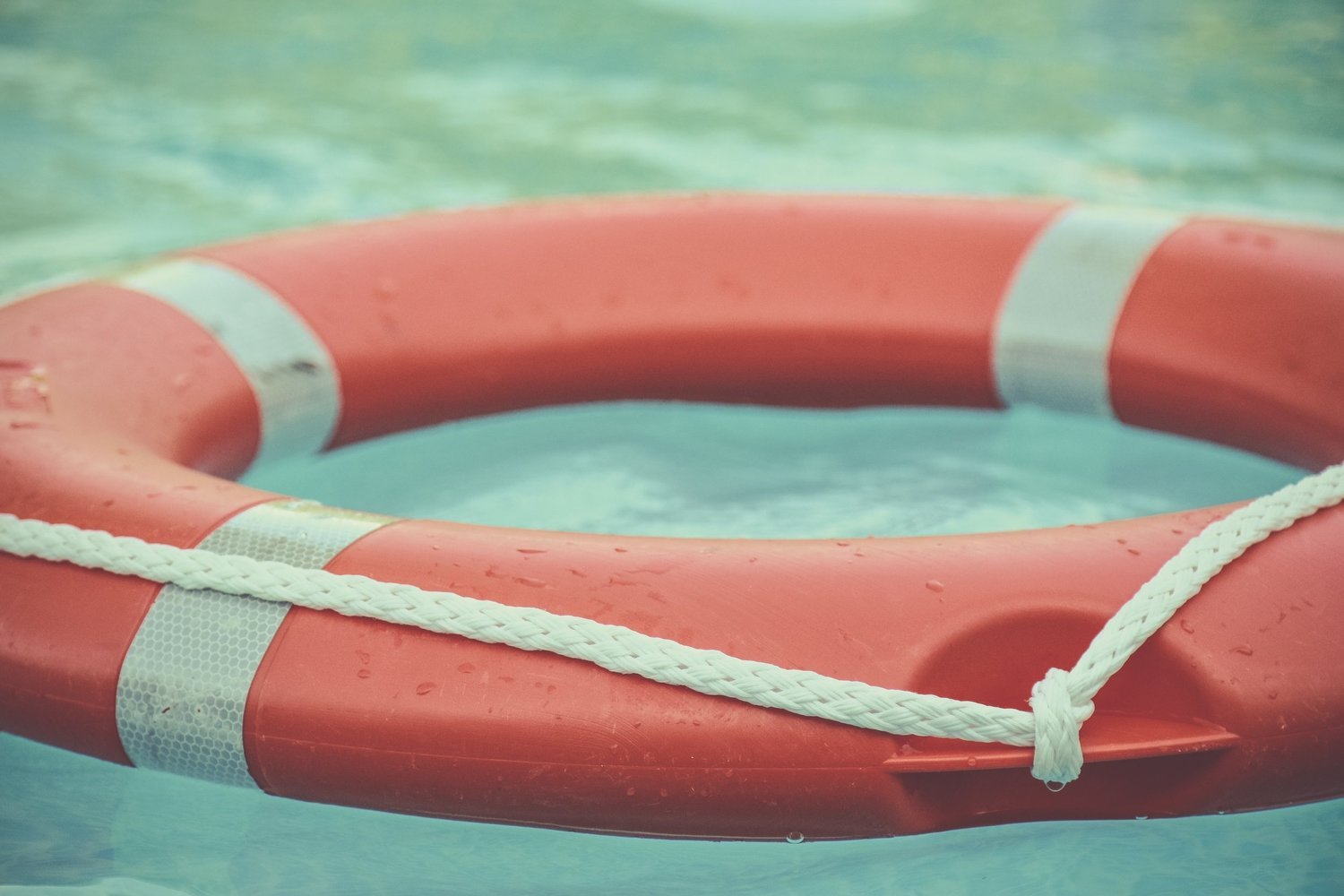Relationship Education for Couples Therapy
This is the fourth articles in our series on couples counseling, and in this article we will be taking a look at the Relationship Education method. If you haven't already, check out our previous blog post on “Ten Ingredients to Good Couples Counseling,” which provides an introductory overview of what to look for in a couples counselor.
The Relationship Education method is one form of couples counseling that has proved to be of great benefit to those seeking support. It is designed to equip couples with the knowledge and skills needed for healthy relationships and to teach them how to communicate well in order to best solve any kind of problem that arises.
We’ll start with a bit of background on how this method came to be, but if you are more interested in the methodology, scroll down to “General Goals and Principles of Relationship Education.”
A Brief History of the Relationship Education Approach
Relationships vary in the level of emotional intimacy they allow for and in how healthy they are for each person involved. In unhealthy relationships, couples’ interactions might be marked by poor communication or negative communication patterns, including arguments and even relational aggression. These types of relationship problems can lead to increasing amounts of marital dissatisfaction and higher divorce rates.
During the late 1970’s mental health professionals started looking for ways to help couples maintain healthier relationships. They hoped that the Relationship Education method would help to reduce divorce rates and instances of negative relationship behaviors, such as domestic abuse, by teaching couples the tools they needed to communicate well and build strong relationships.
Within the Relationship Education method there are a few programs, each with a different approach. Experts from the fields of psychology, counseling, social work, psychiatry, and marriage and family therapy have all worked to establish the various Relationship Education approaches. They include:
The Association for Couples in Marriage Enrichment: Founded by David and Vera Mace, two early contributors in the field, this Relationship Education approach was typically administered through couples’ retreats.
Institute for the Development of Emotional and Life Skills (IDEALS) : Later re-branded as The National Institute for Relationship Enhancement (NIRE), this approach was developed by Bernard and Louise Guerney and looks to build honesty, compassion, and understanding in relationships.
Prevention and Relationship Enhancement Program (PREP): Developed by Howard Markman, this global program provides evidence based relationship education curricula.
Practical Application of Intimate Relationship Skills (or PAIRS): Lori Heyman Gordon created this 120-hour Relationship Education course in 1975 at American University. The course can be administered over the course of several months or during an academic semester.
Satir Method: Virginia Satir, considered by many as the “Mother of Family Therapy,” first started training therapists to become Relationship Educators in 1984. She developed her program with the belief that it was necessary to improve communication among couples because gender roles were shifting. She wrote:“As we moved into the 20th century, we arrived with a clearly prescribed way that males and females in marriage were to behave with one another. The pattern of the relationship between husband and wife was that of the dominant male and submissive wife. A new era has since dawned. The climate of relationships had changed, and women were no longer willing to be submissive. The end of the dominant/submissive model in relationships was in sight. However, there was very little that had developed to replace the old pattern; couples floundered. Retrospectively, one could have expected that there would be a lot of chaos and a lot of fall-out. The change from the dominant/submissive model to one of equality is a monumental shift. We are learning how a relationship based on genuine feelings can operate practically.”
Since Satir’s work, Relationship Education approaches have continued to change with the times and the needs of couples. This approach can be broadly used to improve relationship skills among singles and couples and, as Virginia Satir envisioned, it can be used for all types of relationships, be they straight, gay, queer, monogamous or non- monogamous. Today we see here is more diversity than perhaps ever before when it comes to relationships, and this method can be used to improve the communication and functioning in all of them.
The general relationship education approach has also been used to address a wide variety of issues that might affect singles, couples, families, and other kinds of relationships. Very broadly, it has been used to address everything from reducing rates of teen pregnancy (by teaching teens how to communicate better in their relationships and with parents) to reducing divorce rates among distressed couples.
General Goals and Principles of Relationship Education
Relationship education approaches typically aim to teach couples how to:
Use emotional openness and empathetic listening to regularly confide in each other
Give and receive complaints as requests for change, rather than as attacks
Treat conflicts as an opportunity to learn, rather than win
Fight fairly with healthy approaches and no manipulative tactics
Agree over areas of shared ownership and autonomy in decision-making
Speak about expectations and clarify assumptions to reduce misunderstandings
Establish and follow boundaries for what is shared outside of the relationship
Initiate and negotiate change when the current relationship is not working
Help each other heal any existing emotional pains
Discuss and meet needs for physical and intimate contact
The following seven principles were also defined for Relationship Education:
It’s your Ship, You’re the Captain—Relationship education helps people build techniques specific to their relationship, allowing couples to make decisions that best match their relationship wants and needs. Using these skills, couples can better steer their relationship to avoid any hidden problems or challenges.
One mouth, Two ears—Relationship education teaches couples to use new techniques to facilitate conversations. There is a focus on learning to use active listening including conveying empathy and respect for the other person (two ears). There is also a focus on holding back judgments, defensiveness, blaming, or other harmful words (one mouth).
Riding the Waves—Relationship education helps couples to better experience and express emotions, including intense negative emotions such as sadness, fear, and anger. By learning how to better disclose emotions, both partners can be more vulnerable with their emotions.
It’s Rarely the Problem that’s the Problem—Relationship education helps couples approach problems in ways that can improve the relationship. Often by dealing with a problem well, the couple can ultimately experience a greater sense of understanding of each other, acceptance of one another, increased commitment, and more closeness than before. This is because the problems are seen as symptoms of areas for learning and for improving communication.
Love is a Feeling—Relationship Education works to improve people’s ability to understand that like any other positive emotion, love grows from pleasurable interactions and will diminish if interactions are poor or painful. Couples are taught how to better sustain feelings of love. Love is also a decision and an action and we each have a unique understanding of what “love” means.
Marriage is a Contract—Relationship education recognizes that feelings of love can increase and decrease over the course of a relationship. Thus, marriage must be based on commitment and decision, not just those feelings of love. With relationship education, couples learn to sustain commitment.
Relationships are Work—Relationship education assumes that relationships require attention to remain healthy and strong. With this work, the couple can continue to have a close and satisfying relationship that will improve their quality of life in other areas too.
What does the Relationship Education method involve?
When you participate in couples counseling that uses Relationship Education, your couples therapy work will include psychoeducation and skill-building. For example, couples will learn to communicate more effectively. By learning and practicing these skills in the therapy setting, the couple can troubleshoot what seems to be working well and improve those parts that are not working as well. Then, they can continue to build those skills and be able to use them well on their own, outside of the therapy setting.
Does this method really work?
Considerable research has been done to establish the efficacy of the Relationship Education approach. Some of the early studies examining the Relationship Education approach for Premarital Counseling among unmarried couples showed that the approach was not particularly helpful. However, other studies show that the PREP approach is helpful for unmarried couples receiving this intervention. These couples later had fewer negative interactions, more positive interactions, increased relationship satisfaction, and lower divorce rates.
Overall, research has shown that the Relationship Education approach is generally helpful for married couples, especially those from low-income backgrounds. Among these couples, the approach was shown to improve communication and the quality of the relationship, which in turn reduced divorce rates, incidents of relational aggression, and even the behavior of children in the family unit.
Who can administer Relationship Education?
Most psychologists and counselors can learn how to administer Relationship Education through formal or informal training, depending on the model they prefer to use—some models require more formal training and certification. Of course, these clinicians will usually already have some general foundation of skills through education and training to work with couples.
Further, psychologists and counselors who provide relationship education need to have a foundation in basic therapeutic skill, such as being warm and authentic, in order to create a safe space for the couple so they can learn and do their therapeutic work. It also includes being able to convey to the couple some optimism or hope for the future. When providing Relationship Education to groups of couples, the therapist needs to be prepared and organized. Therapists working in group setting will need to help build rapport among the group members, while also maintaining boundaries.
Final Recommendations
If you are looking to improve the communication and interactions in your relationship, Relationship Education may be one helpful approach. When you receive Relationship Education from a counselor, they can help to assess the specific skills each partner may need to learn, offer instruction with practice during session, and provide troubleshooting instruction as you try out new skills. Most couples counselors can also integrate other approaches to make sure the entire relationship is strengthened.
If you feel like the Relationship Education method might be helpful for your relationship, we encourage you to look for a provider who provides this type of psychoeducation within the couples counseling context. As noted, many skilled providers can also integrate other couples counseling approaches, as needed. Simply search online for providers in your area (for example, ‘Couples Therapist in Brooklyn’). Then, you can view their website and ask questions to learn more about their approach.






